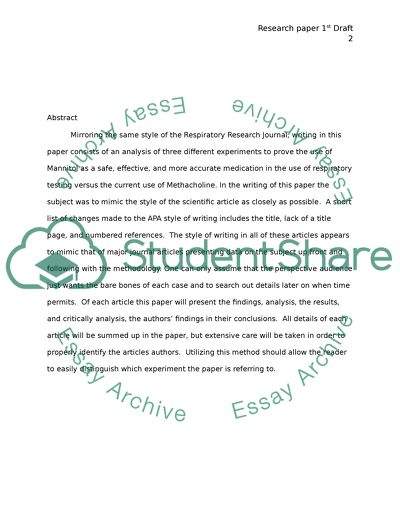Bronchoprovocation Agents Study Review Essay Example | Topics and Well Written Essays - 750 words. Retrieved from https://studentshare.org/health-sciences-medicine/1447036-bronchoprovocation-agents-study-review
Bronchoprovocation Agents Study Review Essay Example | Topics and Well Written Essays - 750 Words. https://studentshare.org/health-sciences-medicine/1447036-bronchoprovocation-agents-study-review.


